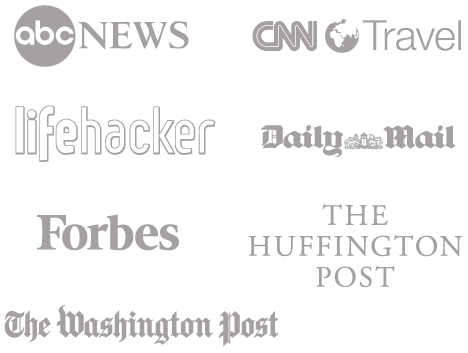Millions of tickets arrive at Uber’s customer service department every week from its riders, drivers, eaters, etc. It is important for Uber to handle these tickets in a quick and efficient manner to retain its customers and fuel the companies growth. For this purpose, Uber has designed COTA or ‘Customer Obsession Ticket Assistant’.
COTA is a Machine Learning and NLP powered tool that enables quick and efficient issue resolution of more than 90 per cent of Uber’s inbound support tickets.
Overview of COTA system architecture

The general COTA architecture follows a seven-step workflow as shown below:
- Once a new ticket enters the customer support platform (CSP), a back-end service collects all relevant features of the ticket.
- The back-end service then sends these features to the Machine Learning model in Michelangelo.
- The model predicts scores for each possible solution.
- The back-end service receives the predictions/scores and saves them to a schema-less data store.
- Once an agent opens a given ticket, the front-end service triggers the back-end service to check if there are any updates to the ticket. If there are no updates, the back-end service will retrieve the saved predictions; if there are updates, it will fetch the updated features and go through steps 2-4 again.
- The back-end service returns the list of solutions ranked by the predicted score to the frontend.
- The top three ranked solutions are suggested to agents; from there, agents make a selection and resolve the support ticket.
Overview of NLP Pipeline used by Uber

The NLP Pipeline used by Uber goes through five major stages:
- Data is collected from various sources such as Ticket Info, Ticket Text and Trip Data.
- Preprocessing techniques are then applied to the collected data to make it clean. Some commonly used pre-processing algorithms in Uber’s NLP pipeline are Tokenization, Lowercasing, Stopword Removal and Lemmatization.
- Next, vector features are engineered using LSI, TF-IDF and Cosine Similarity.
- Pointwise Ranking is then used to look at a single document at a time in the loss function. Uber essentially takes a single document and trains a classifier on it to predict how relevant it is for the current query.
- The Pointwise Ranking predicts the issue and solution to the given query as the final output in the NLP pipeline.
The steps are straightforward simple yet effective and this is what makes the COTA system so predictable and reliable.
In Conclusion
Uber is known to optimize its processes using Machine Learning to achieve high speed and accuracy. The ‘Customer Obsession Ticket Assistant’ is certainly an example of that.
Do you want to learn Python, Data Science, and Machine Learning while getting certified? Here are some best selling Datacamp courses that we recommend you enroll in:
- Introduction to Python (Free Course) - 1,000,000+ students already enrolled!
- Introduction to Data Science in Python- 400,000+ students already enrolled!
- Introduction to TensorFlow for Deep Learning with Python - 90,000+ students already enrolled!
- Data Science and Machine Learning Bootcamp with R - 70,000+ students already enrolled!
